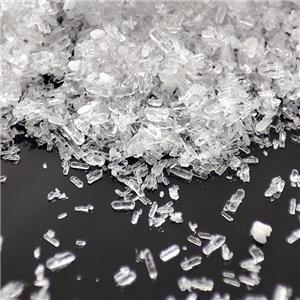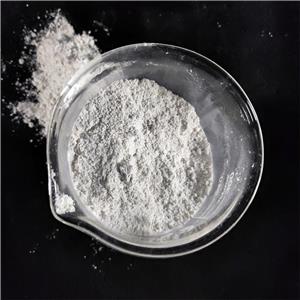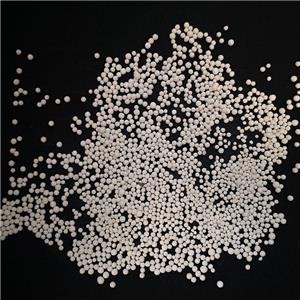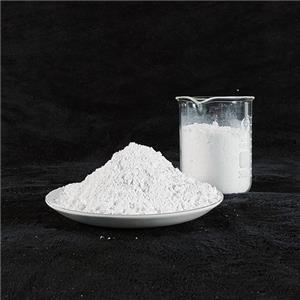Is antimony trioxide a flame retardant?
I. Basic properties and flame retardant positioning
Antimony trioxide (Sb2O3), commonly known as antimony white in industry, is a white crystalline powder. Its physical and chemical properties lay the foundation for being a highly efficient flame retardant: the melting point is as high as 655°C, the boiling point is 1425°C, and it can sublime at 400°C in a vacuum environment.The density is about 5.2-5.67 g/cm³, which is a high-density compound; it is slightly soluble in water, but soluble in concentrated hydrochloric acid, concentrated sulfuric acid, strong alkali and tartaric acid solution.
This high thermal stability and chemical inertness enable it to maintain structural stability in high-temperature processes such as plastic processing, and at the same time will not interfere with material properties in the early stage of a fire, and the flame retardant function will only be activated when encountering a high-temperature fire source.
As a flame retardant, flame retardant antimony trioxide powder is recognized as one of the most important inorganic flame retardant synergists. flame retardant antimony trioxide powder's unique value lies in: when used in combination with halogen flame retardants, flame retardant antimony trioxide powder can reduce the amount of halogen by 30%-50%, significantly reduce the negative impact of halogen flame retardants on the mechanical properties of materials (such as impact strength), and greatly improve the oxygen index to. For example, adding only 3-5% Sb₂O₃ to PVC cable materials can increase the oxygen index by more than 50%, making ordinary plastics reach the flame retardant level.
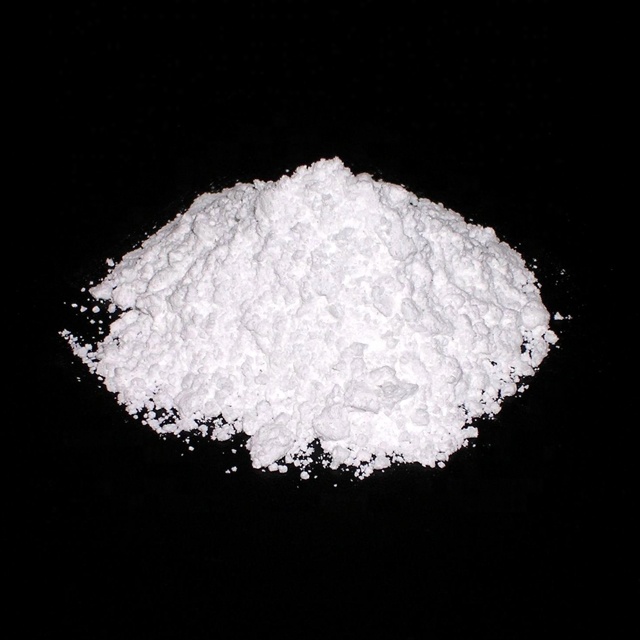
2. Flame retardant mechanism: Halogen synergistic effect as the core
The flame retardant ability of flame retardant antimony trioxide powder is mainly achieved through the gas phase synergistic mechanism with halogens. The process includes three key reactions:
Active substance generation: In the high temperature zone of the flame (>250℃), Antimony trioxide for flame retardant reacts with the chlorine/bromine flame retardant in the material to generate volatile antimony halides.
Taking chlorine as an example:
SbX2OX3+6HCl2SbClX3+3HX2O
The boiling point of the generated SbCl₃ is only 223°C, and it quickly vaporizes and diffuses to the combustion zone;
Free radical capture: Gaseous antimony halides decompose to produce active chlorine/bromine free radicals, which efficiently capture H· and OH· free radicals in the combustion chain reaction:
SbClX3SbClX2⋅+Cl⋅Cl⋅+H⋅HCl
Interrupt the chain reaction and make the flame extinguish itself;
Physical barrier effect: Molten Antimony trioxide for flame retardant covers the surface of the material to isolate oxygen, and the water vapor, carbon dioxide and other gases produced by decomposition dilute the concentration of combustibles.
This mechanism determines that Antimony trioxide for flame retardant is limited when used alone, and it must be combined with halogen flame retardants (such as decabromodiphenyl ether and chlorinated paraffin) to achieve the maximum synergistic effect.

